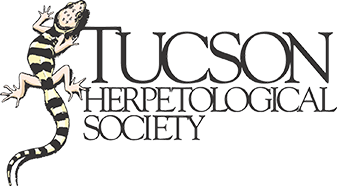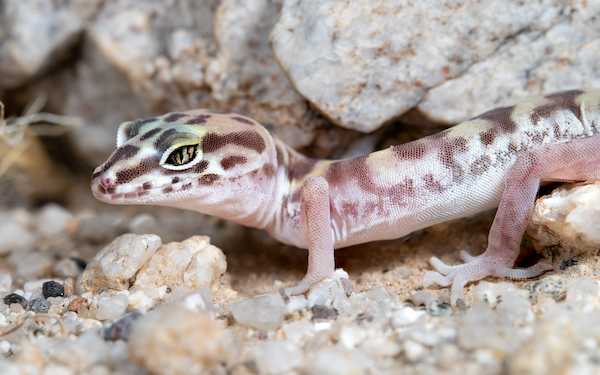
- This event has passed.
Clawed Frogs in Arizona with John Measey
September 30 @ 7:00 pm – 8:30 pm
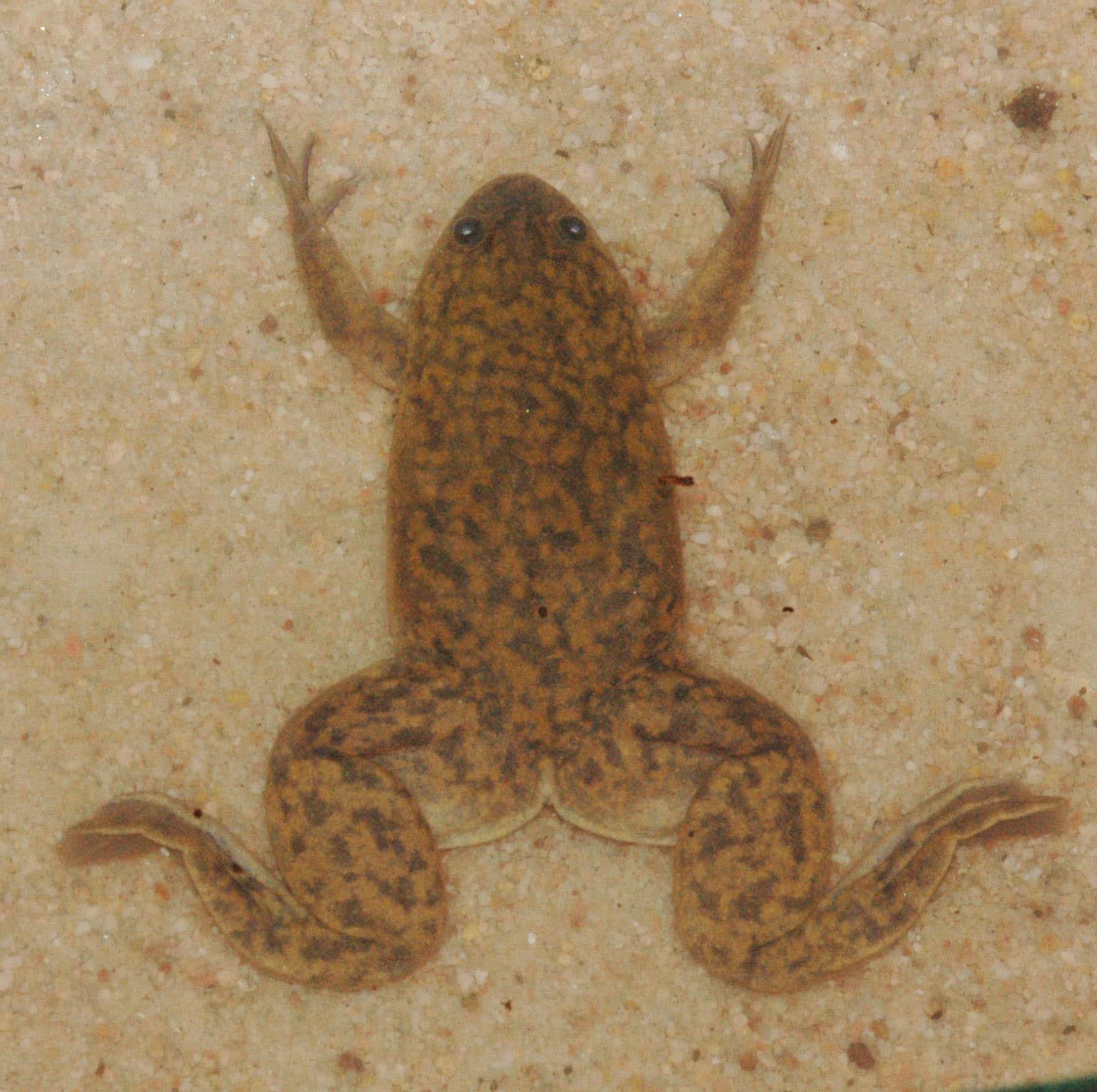
The African Clawed Frog as a Global Invader
John Measey, PhD
Centre for Invasion Ecology, Stellenbosch University
30 September 2024 – 7pm MST
Venue information below
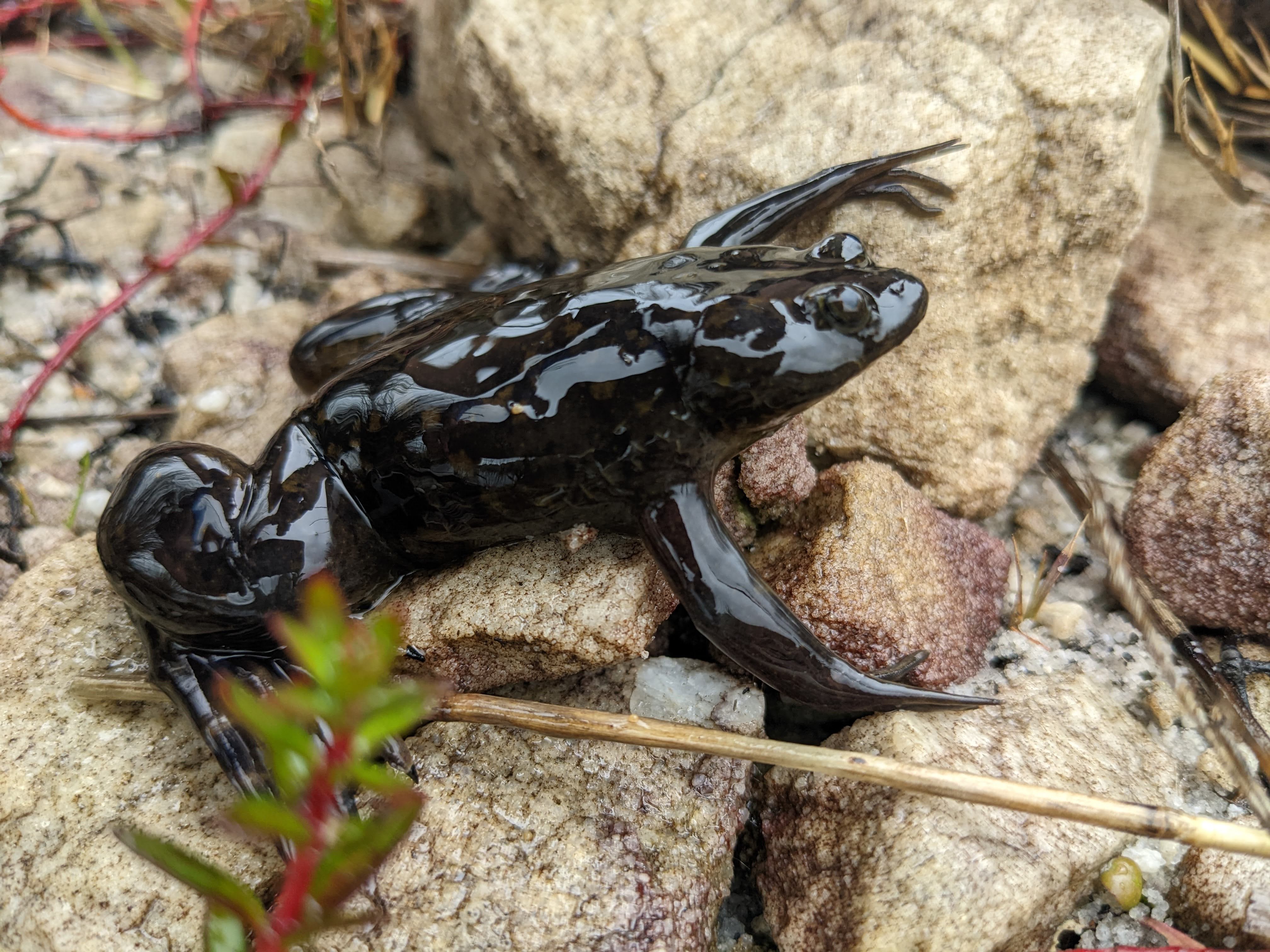 African clawed frogs, Xenopus laevis, are considered to be the standard laboratory amphibian. The discovery in the 1930s that this species was easy to maintain and could be stimulated to breed year-round resulted in exports from its native southern Africa all around the globe. The same traits that make it a good laboratory model organism also predispose it to becoming established and invading in many countries and climates. Unravelling the native and invasive biology of this species has taken me travelling on five continents over the last five years. In this presentation, I will provide some historical context for the invasions, aspects of the biology from the native and invasive range, and novel results of an ongoing investigation of the microbiome of this species. This is a story involving rapid evolutionary adaptation, amazing physiological capabilities and surprising revelations about terrestrial capabilities of what many regard as an aquatic frog. Lastly, I will provide some insight into the biology of an established population in Tucson, Arizona.
African clawed frogs, Xenopus laevis, are considered to be the standard laboratory amphibian. The discovery in the 1930s that this species was easy to maintain and could be stimulated to breed year-round resulted in exports from its native southern Africa all around the globe. The same traits that make it a good laboratory model organism also predispose it to becoming established and invading in many countries and climates. Unravelling the native and invasive biology of this species has taken me travelling on five continents over the last five years. In this presentation, I will provide some historical context for the invasions, aspects of the biology from the native and invasive range, and novel results of an ongoing investigation of the microbiome of this species. This is a story involving rapid evolutionary adaptation, amazing physiological capabilities and surprising revelations about terrestrial capabilities of what many regard as an aquatic frog. Lastly, I will provide some insight into the biology of an established population in Tucson, Arizona.
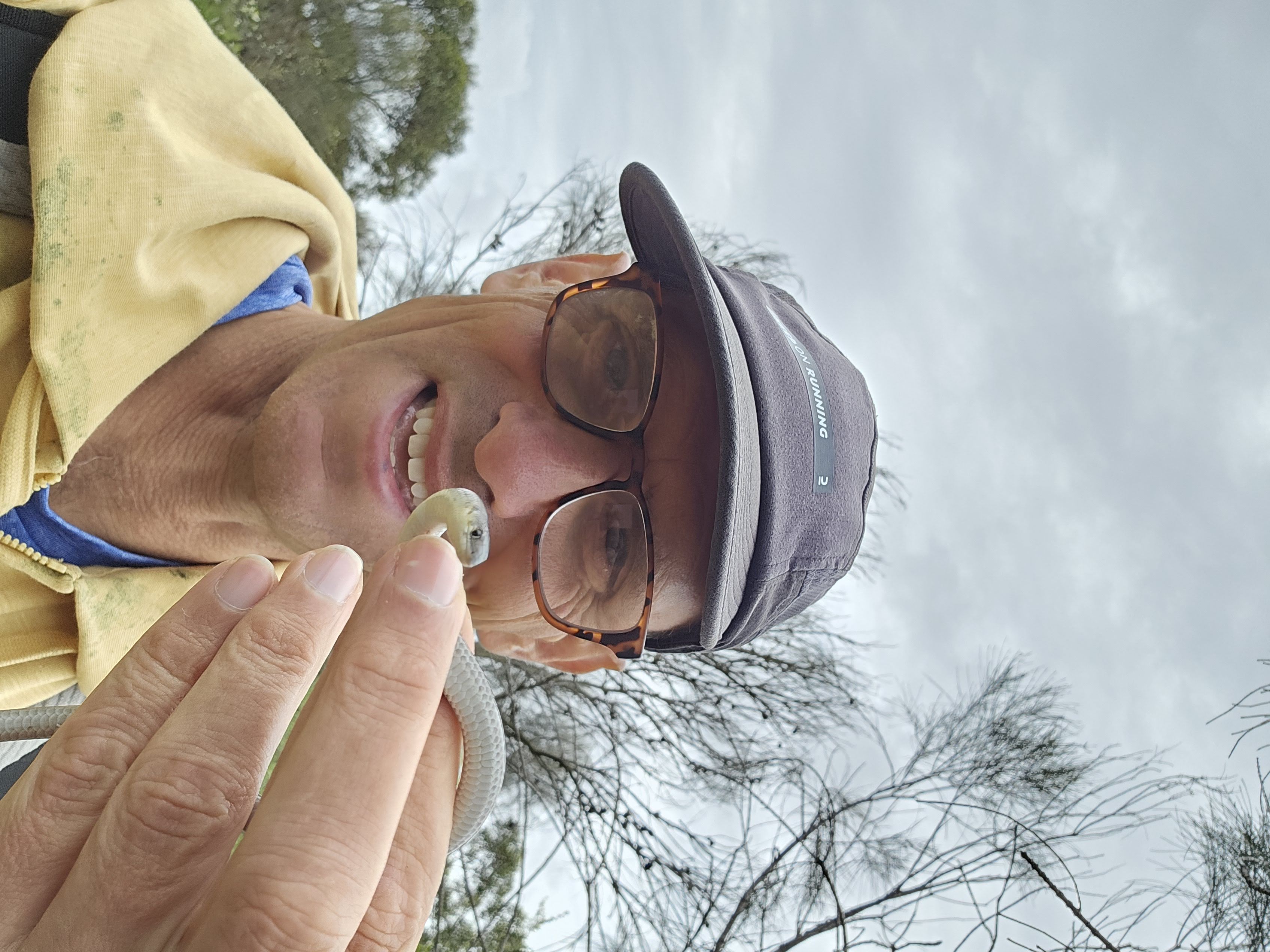 John Measey is a Professor at Yunnan University and Stellenbosch University (South Africa). He obtained his PhD in zoology from Bristol University in the UK. Since then, John has worked on four continents investigating biological invasions. He spent 15 years in South Africa, becoming deputy director of the globally renowned Centre of Excellence for Invasion Biology (CIB). John uses small vertebrates to investigate rapid evolutionary responses comparing invasive and native populations. He has published his research in more than 200 peer reviewed papers, twenty book chapters and six books. He has written many popular articles as well as books on how to write (https://howtowriteaphd.org) and how to publish (https://howtopublishscience.org/) in the biological sciences.
John Measey is a Professor at Yunnan University and Stellenbosch University (South Africa). He obtained his PhD in zoology from Bristol University in the UK. Since then, John has worked on four continents investigating biological invasions. He spent 15 years in South Africa, becoming deputy director of the globally renowned Centre of Excellence for Invasion Biology (CIB). John uses small vertebrates to investigate rapid evolutionary responses comparing invasive and native populations. He has published his research in more than 200 peer reviewed papers, twenty book chapters and six books. He has written many popular articles as well as books on how to write (https://howtowriteaphd.org) and how to publish (https://howtopublishscience.org/) in the biological sciences.
